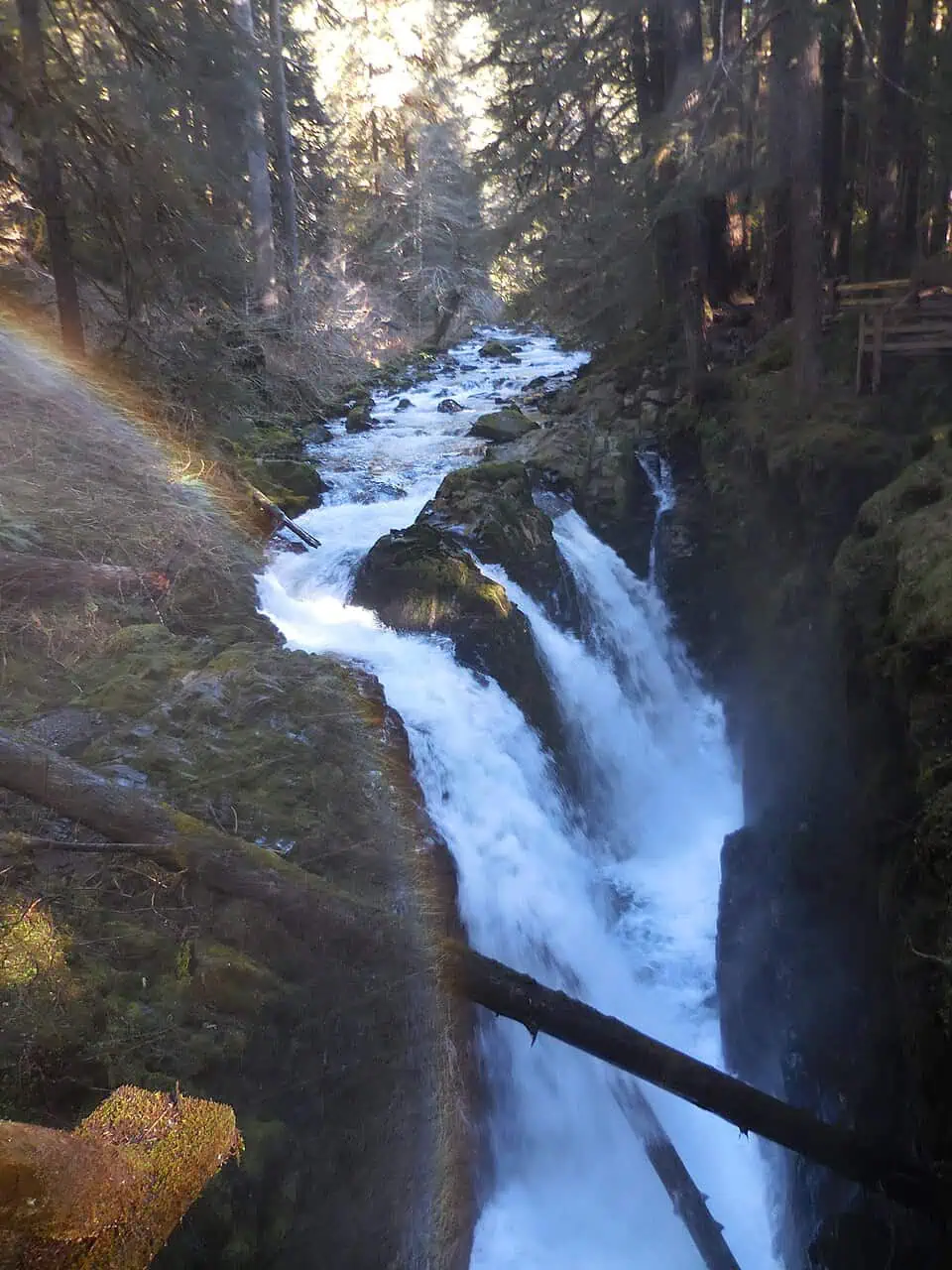Winter unveils the stunning diversity of America’s national parks, from snow-covered forests in Voyageurs to sunlit wetlands in the Everglades. Step off the beaten path and discover the quiet beauty and hidden wonders waiting on these five winter hikes.
Beneath the winter sun, the Lost Mine Trail offers a quiet journey through the rugged Chisos Mountains, where frost-kissed peaks frame breathtaking desert vistas.
If you’re short on time, hike just one mile to a saddle with breathtaking views of Casa Grande and Juniper Canyon to the east. Venture farther and the trail ascends steeply, winding through juniper, oak, and pine forests before leveling out at the ridge. Here, you’ll be rewarded with spectacular vistas of Pine Canyon and the Sierra del Carmen stretching into Mexico.
- Difficulty: Moderate with elevation gain of 1,100 feet.
- Why it’s a gem: This 4.8-mile round-trip trail offers stunning views of the Chisos Mountains dusted with winter frost, creating a stark contrast with the surrounding desert. It’s less crowded in the cooler months, making it a peaceful retreat.
- Tips: Mornings can be chilly; dress in layers and carry plenty of water since the desert air is dry even in winter.

In the heart of Minnesota’s frozen wilderness, the Oberholtzer Trail invites you to wander through snow-laden forests and along the edges of icy lakes. Stroll through a mix of deciduous and conifer forests as the trail winds past wetlands and ancient glacial boulders. Along the way, watch for signs of wildlife and take in the serene beauty from two overlooks offering picturesque views of the marsh and lake.
- Difficulty: Easy with minimal elevation gain.
- Why it’s a gem: This 2-mile loop trail near Rainy Lake showcases the park’s serene, snow-covered forests.
- Tips: The trail connects to frozen lakes, which can be explored via snowshoes or cross-country skis. Check trail conditions beforehand and be prepared for sub-zero temperatures.
A winter trek along the Sol Duc Falls Trail reveals a stunning cascade framed by frosted evergreens and shimmering ice, creating a scene straight out of a fairy tale.
- Difficulty: Easy with elevation gain of 200 feet.
- Why it’s a gem: This short 1.6-mile out-and-back trail transforms into a winter wonderland after a snowfall. The sight of the icy waterfall surrounded by frosted evergreens is breathtaking.
- Tips: The mist and ice formations around the falls make for dramatic photography. The trail can be slick, so wear sturdy boots. Some roads to the trailhead may close, so check for access updates before heading out.

Okay, this one’s not really a secret. In fact, the Anhinga Trail is one of the most popular trails in the vibrant heart of the Everglades because of the abundance of wildlife, especially during the dry winter months when wildlife congregates near water.
Winter’s dry season offers unforgettable close encounters with alligators, turtles, and wading birds, including the anhinga—which means “devil bird” or “snake bird” in the Brazilian Tupi language.
- Difficulty. Easy and flat.
- Why it’s a gem: This short, wheelchair-accessible, 0.8-mile trail (round trip) takes you through a lush wetland ecosystem where you can easily spot wildlife. The cooler temperatures make exploring the Everglades more enjoyable, and the trail offers incredible opportunities for close-up wildlife photography without heavy summer crowds.
- Tips: Stay on the boardwalk for safety, and bring binoculars for birdwatching. Early morning is the best time to catch wildlife in action.
Experience the serene beauty and stunning rock formations of Arches National Park on the Devil’s Garden Trail, where a short and easy hike leads to the awe-inspiring Landscape Arch, the longest natural arch in North America.
One of the longest natural stone spans in the world, Landscape Arch measures about 306 feet across. The arch is incredibly thin and delicate, making it look almost impossibly suspended. Due to its fragile nature, visitors are no longer allowed to walk directly beneath the arch for safety reasons.
- Difficulty: Easy with 180 feet in elevation gain.
- Why it’s a gem: This 1.9-mile round-trip trail is much less crowded during the colder months, offering a more peaceful experience.
- Tips: The trail is mostly flat and well-marked, but icy patches can appear, so wear sturdy boots with good traction. Early morning light provides the best conditions for photography.
Follow Matt Schoss of We’re in the Rockies as he hikes through Devils Garden to Landscape Arch
Top photo by Eye Em/Freepik

